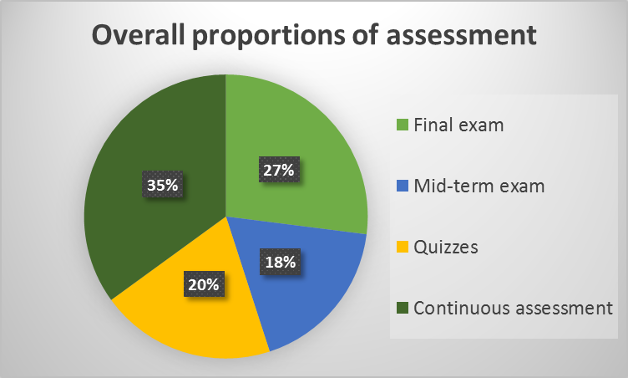Richard Watson Todd
“The consequences of testing and grading students are immense. They can determine the colleges students attend, the careers open to them, and the lifestyles they ultimately maintain.”
This quotation from Richard Arends shows how important assessment and grades are for students, yet very little is known about how teachers assess students at schools in Thailand. The most recent report on Thai education by UNESCO admits that there is little information available about school assessment and calls for research into the issue.
In addition to the consequences noted by Arends, the ways in which assessment is conducted can have impacts on how teachers teach, a phenomenon termed washback. For instance, using multiple-choice for assessment, as in Thailand’s national exams, can mean that English language teachers focus on vocabulary, grammar and the receptive skills in their teaching and largely ignore the productive skills and higher-order thinking. In turn, students find that rote learning is an effective way of gaining a passing grade and make few attempts to develop deeper understandings. Alternatively, using progressive assessments such as portfolios can have beneficial effects on teaching and learning with teachers incorporating higher-order skills into their teaching and students focusing on their own development. Washback, then, can be positive or negative.
To see how assessment influences English language teaching and learning at Thai schools, we need to know what assessment methods are used. To this end, a questionnaire (see https://goo.gl/forms/TS72vPULq96B3hFE2) was sent to English language teachers throughout Thailand asking about how they assessed their students, and 320 responses were received.
The key findings from the survey are that all teachers use final exams and continuous assessment with the vast majority also using mid-term exams and quizzes. The average proportions of overall scores for a course from these four methods are shown in the figure below. The most common item type on the exams is multiple-choice, but it only accounts for about 27% of all of the marks for a course on average, suggesting that the negative washback effects from multiple-choice may not be as serious as we might expect at Thai schools. On the other hand, all types of closed assessments (where there is a single correct answer) combined contribute nearly 60% of the marks on average which may have some negative washback effects. Turning to more progressive assessment methods, student presentations and project work are both widely used with each contributing about 10% of course marks when used.
The proportions of different assessment methods used for English language courses at Thai schools

Looking at whether teachers at different types of schools assess their students in different ways, two patterns emerge. First, teachers at secondary schools tend to place a heavier emphasis on final exams than teachers at primary schools, but are also less reliant on multiple-choice. Second, teachers at schools in Bangkok and surrounding areas assign a greater proportion of marks to final exams, whereas upcountry teachers use more continuous assessment.
Overall, the findings from the survey imply mixed effects on English language teaching in Thailand. On the one hand, the majority of marks come from closed assessments, such as exams and quizzes. On the other hand, all teachers use at least some open-ended continuous assessment. Any potential negative washback effects that might come from current assessment methods, then, are likely to be due to an imbalance in assessment methods, rather than a disregard for progressive assessments. Working to redress this imbalance could lead to a brighter future for English language teaching in Thailand.
This article is based on Watson Todd, R. (2019). How Is English Assessed at Thai Schools?. THAITESOL Journal, 32(1), 1-15.
